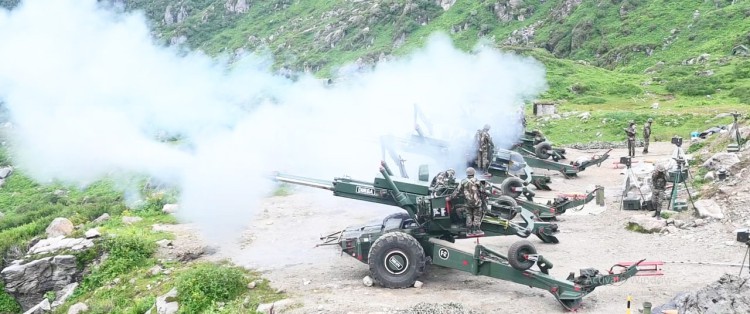




















Tuesday, Jul 29, 2025 22:15 [IST]
Last Update: Monday, Jul 28, 2025 16:35 [IST]
GANGTOK,: On the modern battlefield, the ability to see more, understand quickly, and act fast decides success. To meet this need, the Indian Army held Exercise ‘Divya Drishti’ in the month of July.
The exercise conducted in the high altitude areas of East Sikkim, tested new technologies designed to improve battlefield awareness, real-time surveillance and quick decision-making. Troops from Trishakti Corps used a mix of ground-based systems and aerial platforms, including UAVs and drones, to carry out realistic scenarios, a press release informs.
A key highlight was the use of AI-enabled sensors linked with advanced communication systems. This setup ensured smooth and secure data flow between command centres, improving situational awareness and enabling faster, better decisions—creating a strong sensor-to-shooter link.
Lieutenant General Rakesh Kapoor, Deputy Chief of Army Staff, reviewed the exercise and its outcomes on behalf of Army Headquarters.
“Exercise Divya Drishti has been a great success. We tested cutting-edge technologies in realistic field conditions. The lessons will help develop future technologies, doctrines, and tactics across the Indian Army, making us ready for any adversary and any terrain,” said Lt Gen Zubin A Minwalla, General Officer Commanding, Trishakti Corps.
Exercise ‘Divya Drishti’ is a key step in the Army’s journey to modernise. It shows the Army’s focus on technology and self-reliance, in line with the Atmanirbhar Bharat vision and the Decade of Transformation initiative, the release mentions.